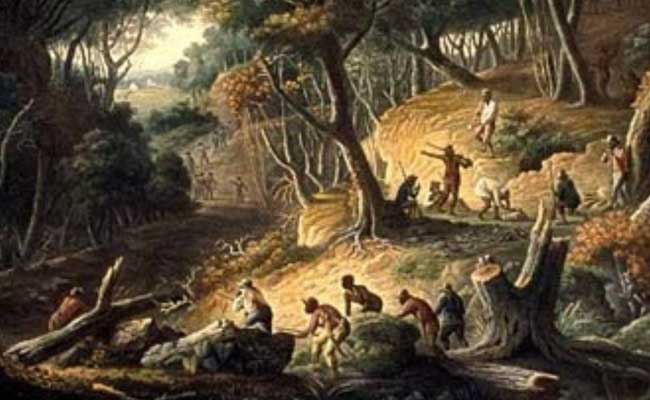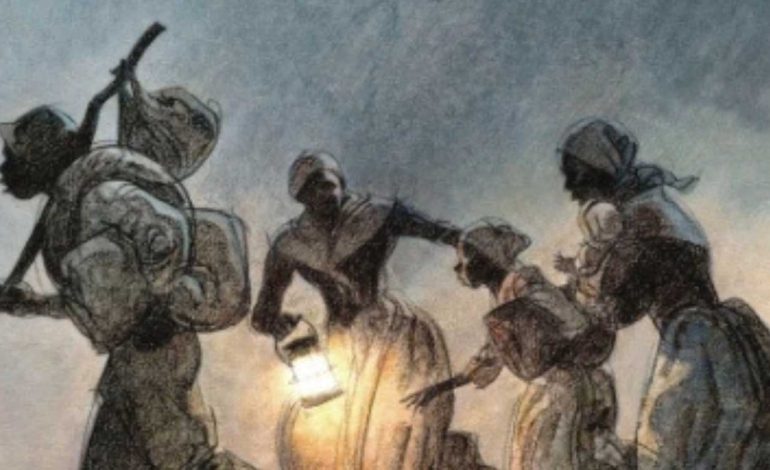Their popularity urged their masters and authorities to offer prizes for their heads. It follows that Bellaca, one of the maroon leaders, had taken ‘possession’ of Le Morne and between 1797 and 1802, a proclamation was issued by the Colonial Assembly which offered to liberate any slave and his family who would help arrest Bellaca. There are archival sources mentioning that Bellaca took possession of Le Morne Brabant between 1797 and 1802, but apparently, Bellaca was killed by Stalinas Cerf who resided in the Black River District.

There were other maroon leaders, although less famous, whose names were associated with Le Morne Brabant. Pompe was a Malagasy slave aged around 36 from the District of Pamplemousses who marooned for one year near the foot of Le Morne Brabant. Pompe was captured in 1805 in the woods of Le Morne.
In 1818, the Civil Commissioner of Black River District observed that the Morne Brabant Mountain and its surroundings still served as places of refuge for maroons. This fact was not surprising because in December 1825, a slave residing on his masters estate near Le Morne was found murdered and it was suspected that he had been attacked by a maroon man who lived near the base of the famous mountain.
In July 1828 and in January 1835, two large armed detachments were sent to look for maroons near Le Morne Brabant Mountain. Thus, even during the last years of slavery in Mauritius, the British colonial administrators deployed their forces in order to hunt down fugitive slaves in that part of Black River district.
Meanwhile, the formation of maroon bands and the setting up of camps was an organised strategy for survival in the wilderness. Their objective was to obtain strength in numbers which allowed them to preserve their freedom and to fight the official and private armed detachments. Some of the maroon bands were led by leaders who were intelligent, skilled fighters and resourceful individuals. The maroon bands lived together, and hunted and moved around together. They occasionally organised to find food and other edibles from plantations.
It has also been reported that they spread terror in certain villages during their raids. In the Beau Songes area, it is claimed that Maroons had killed, pillaged and spread terror in the village. Despite the fact that their lives may have been short-lived and hard, maroons in Mauritius created a space that represented a distinct life and from what the colonial society expected of its slaves.
There were multiple reasons why slaves decided to run away, from physical punishment, unwillingness to carry out assigned work, general unhappiness with one’s situation whether as a slave or in that particular situation. Maroons relied on their own ingenuity to protect themselves; the cultures from which they were brought also helped them in their attempts to protect themselves.
On the other hand, it is worth noting the difference between two main categories of Maroons, ‘Petit marronage’ and ‘Grand Marronage’. The former refers to the short-term escape of slaves and the latter to the long-term escape of slaves with the intention of setting up autonomous communities.
In Mauritius, long-standing successful maroon settlement is not known in spite of the fact that individual cases of extended fugitive status for particular maroon leaders were not rare. Another interesting aspect that was noted during the raids carried out by maroons on plantations were murders and kidnappings. Maroon bands were not only composed of males but also females who were mostly kidnapped during these raids. It is worth having a closer look at the part these female slaves played in those bands.


